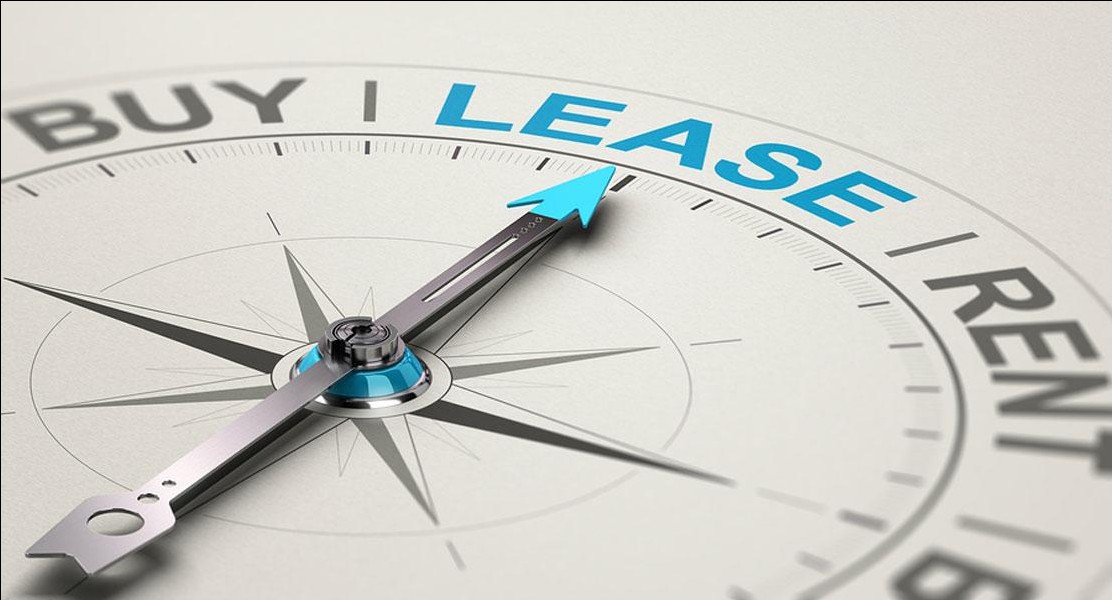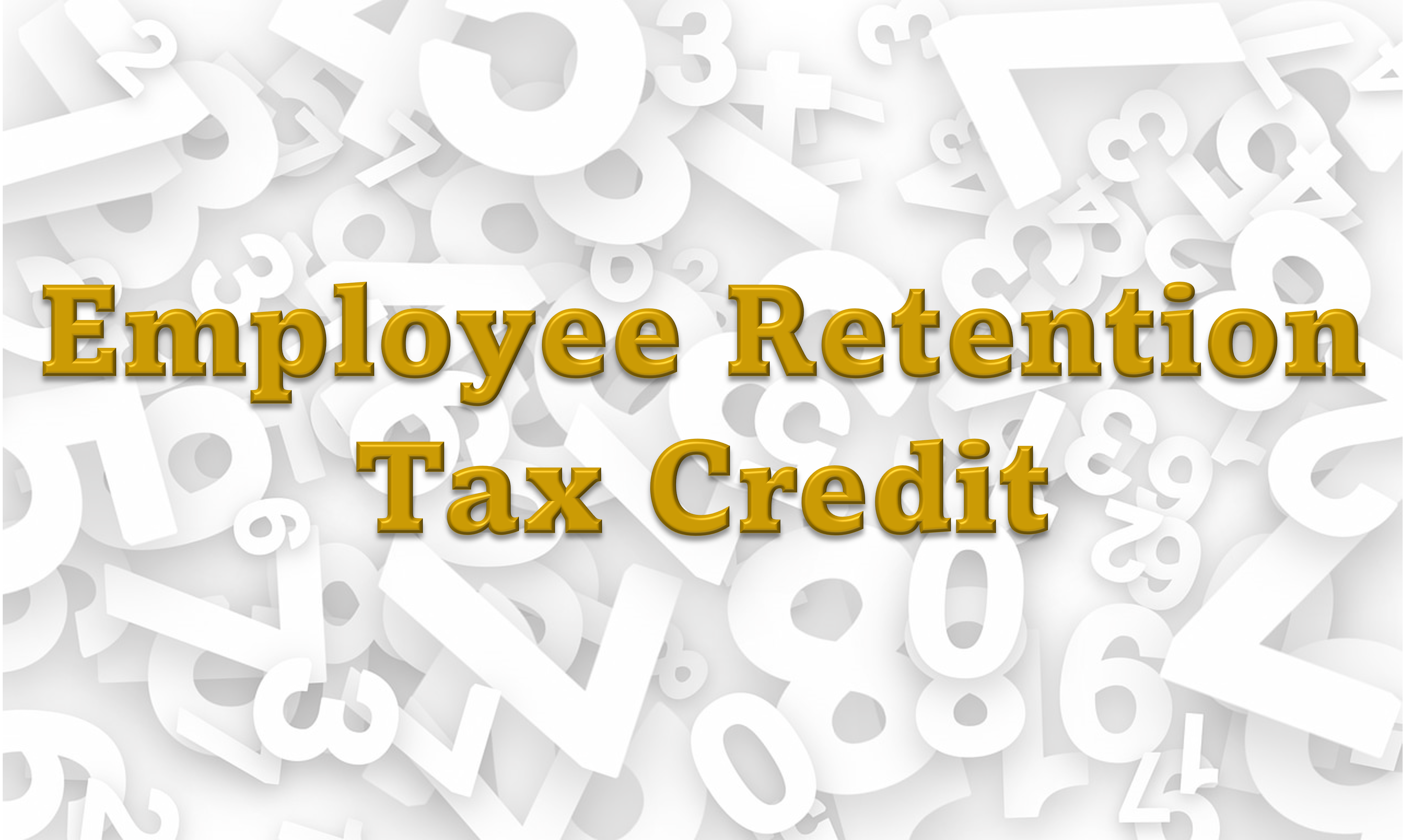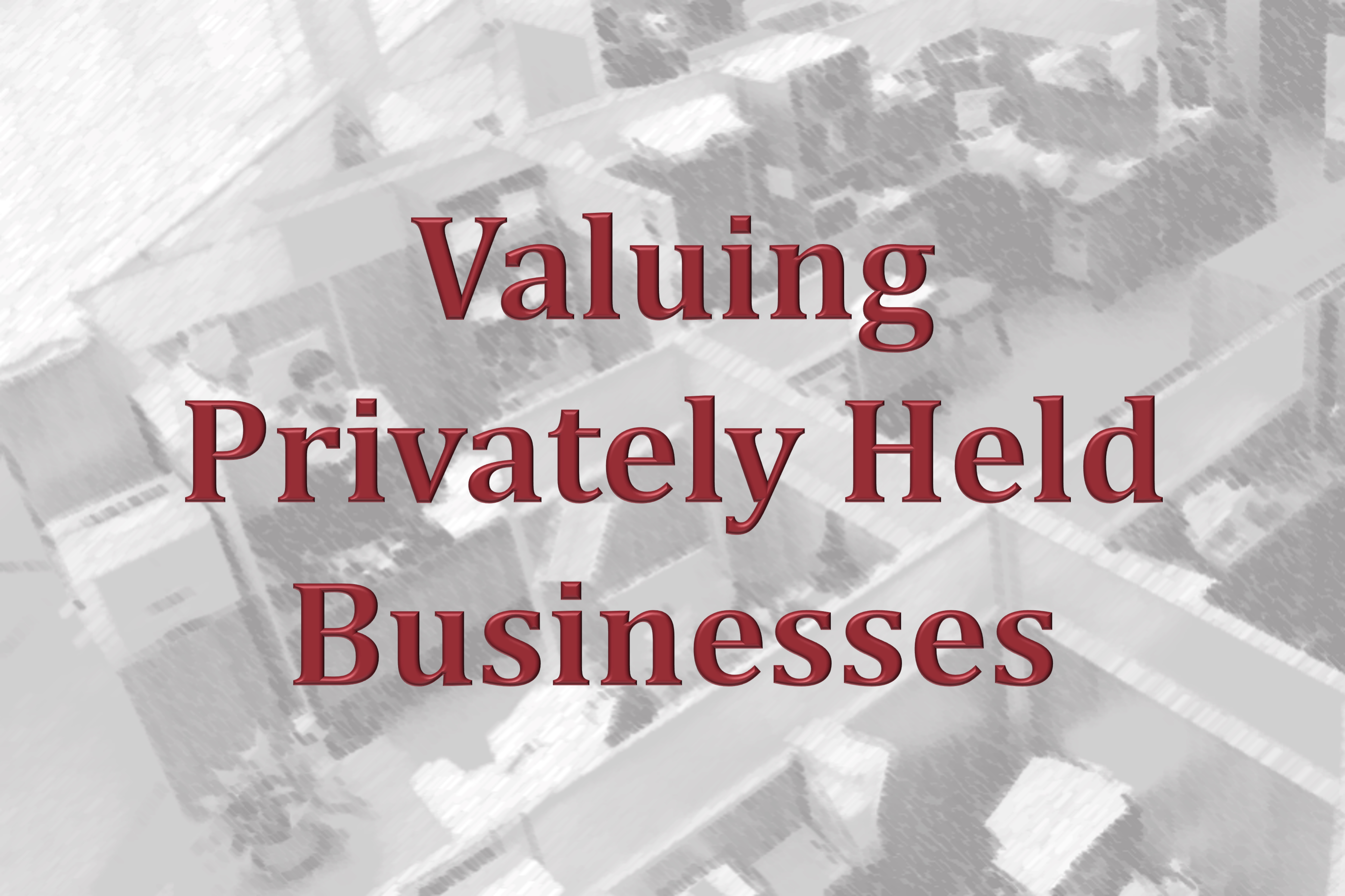Leasing asset equipment or vehicles has become a common alternative to purchasing for business entities. Of the two types of leases – capital leases and operating leases – each is used for different purposes and results in differing accounting treatment and tax consequence on the books of a business.
What is a capital lease?
A capital lease is a lease when the ownership of the leased business equipment or vehicle stays with the lessee, hence is reflected on the balance sheet of lessee as an asset.
How is a capital lease different from an operating lease?
The criteria to distinguish a capital lease from an operating lease can be any one of the following four alternatives:
- Ownership.
- Bargain purchase option.
- Lease term.
- Present value.
The following chart has well illustrated the differences between a capital lease and an operating lease, as well as the accounting treatments and tax benefits.
| Capital Lease vs. Operating Lease | ||
| Criteria | Capital Lease | Operating Lease |
| Ownership | Ownership of the asset might be transferred to the lessee at the end of the lease term. | Ownership is retained by the lessor during and after the lease term. |
| Bargain Purchase Option | The lease contains a bargain purchase option to buy the equipment at less than fair market value. | The lease cannot contain a bargain purchase option. |
| Term | The lease term equals or exceeds 75% of the asset’s estimated useful life | The lease term is less than 75 percent of the estimated economic life of the equipment |
| Present Value | The present value of the lease payments equals or exceeds 90% of the total original cost of the equipment. | The present value of lease payments is less than 90 percent of the equipment’s fair market value |
| Risks and Benefits | Transferred to lessee. Lessee pays maintenance, insurance and taxes | Right to use only. Risk and benefits remain with lessor. Lessee pays maintenance costs |
| Accounting | Lease is considered as asset (leased asset) and liability (lease payments). Payments are shown in Balance sheet | No risk of ownership. Payments are considered as operating expenses and shown in Profit and Loss statement* |
| Tax | Lessee is considered to be the owner of the equipment and therefore claims depreciation expense and interest expense | Lessee is considered to be renting the equipment and therefore the lease payment is considered to be a rental expense* |
| Advantages |
|
|
* Rules are subject to the recent changes.
Do you know about the recent changes?
On February 25, 2016, the new FASB guidance states lessees must recognize assets and liabilities for all leases with terms of more than 12 months. This applies to both capital and operating leases – a change from long-standing generally accepted accounting principles (GAAP), which only required the capitalization of capital leases.
Publicly traded companies must start adhering to the new rules for fiscal years beginning after December 15, 2018 and privately traded companies have a bit longer, until December 15, 2019.
Need assistance with tax advice? Contact our tax specialists at (469) 467-4660.






